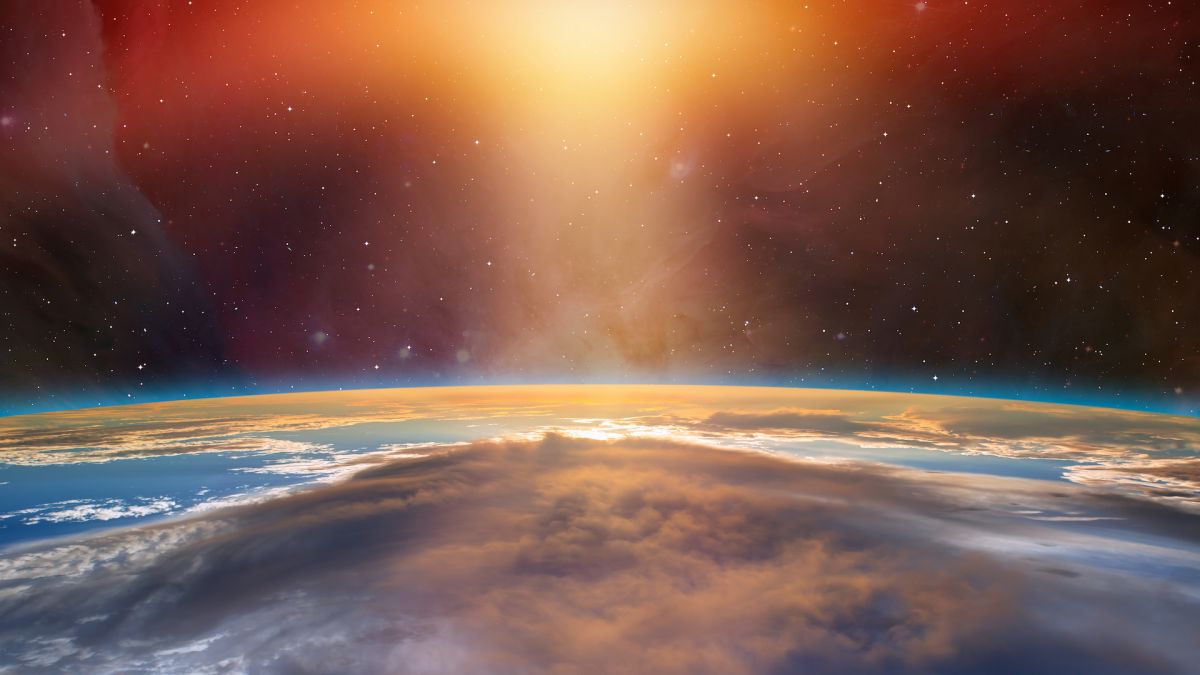The greenhouse effect is a naturally occurring phenomenon which plays a significant role in determining the climate of the earth. It generates a comparatively warm environment close to the surface of the earth where life has been able to prosper and thrive.
It has to be one of the large numbers of physical, chemical and biological processes combining and interacting to determine the climate of the earth. Whether of the Earth on the whole or as a location, the climate is usually considered as the synthesis of weather registered for a long period of time.
Close to 1/3rds of the energy from the sun which gets through the top of the atmosphere of the earth is reflected in space directly. The left 2/3rds is absorbable by the surface, to some level by the atmosphere. In order to equilibrate the incoming energy that is absorbed on an average, the Earth must radiate the same energy back into space. Since the Earth is relatively wintrier than the Sun, it gives out longer wavelengths mainly in the infrared portion of the spectrum. Most of such thermal radiation that is emitted by the ocean and land is taken in by the atmosphere, clouds and radiated again to the Earth. This is the greenhouse effect.
In the greenhouse, the green walls reduce the airflow and elevate the air’s temperature within. However, the greenhouse effect of the Earth warms the planet’s surface. The average temperature in the absence of the natural greenhouse effect at the surface of the Earth would be under the freezing point of water. Hence, the naturally occurring greenhouse effect of the Earth causes life as we see and know, possible.
Greenhouse effect and Greenhouse Gases
Having said the above, several human activities such as the burning of fossil fuels, deforestation for urbanization and other activities have tremendously escalated the natural greenhouse effect leading to global warming.
Two of the amplest gases present in the atmosphere, nitrogen (constituting about 78% roughly of the dry atmosphere) and oxygen (constituting about 21% roughly of the dry atmosphere) almost exert no greenhouse effect, rather the effect is derived from the molecules which are more complicated and less common.
The most significant greenhouse gas has to be water vapour followed by carbon dioxide. Nitrous oxide, methane, ozone and other gases found in the atmosphere in trace quantities also are known to lend to the greenhouse effect. The greenhouse effect is said to be very large in humid equatorial locations, where much water vapour is present in the atmosphere. The addition of a small extra amount of water vapour or carbon dioxide only has a direct and small influence on the downward infrared radiation.
Multiple factors of the climate system remarkably the living entities and oceans are capable of affecting the atmospheric concentration of the greenhouse gases. A good example of the same is plants consuming carbon dioxide from the atmosphere and transforming it eventually into carbohydrates through the process of photosynthesis. Human activities in industrial times have appended greenhouse gases into the atmosphere, mainly through deforestation and burning fossil fuels.
You just read briefly about the greenhouse effect. Next, learn about the oxygen making process to understand related concepts better.








